Well-being in the Stone Age
They created mankind as they were used as tools more than three million years ago. They built pyramids and cathedrals. Were set in the crowns of the greatest. They were raised and worshipped. Now, stones have made their way into our homes and into our cosmetic kit. Used for beauty, they’re supposed not only to enhance our panache but also to have curative virtues. How? By the way they resonate and the energy radiating from them, beautiful stones should bring well-being and serenity – if you know how to use them. Following the creed of lithotherapy, these practices, halfway between treatment and meditation, flood the spirituality market and leave us sometimes puzzled. Nowadays, we can enjoy the qualities of these crystals for our skin, and also use them to cheer ourselves up. So, are these pebbles really have the virtues people claim?
We Trust our Grandmothers’ Recipes
Pumice and alum stones were part of our ancestors’ daily lives: two reliable madeleines, both reassuring and efficient. The former has always been our feet’s best ally, thanks to its abrasive action, ideal for scrubbing and exfoliating. With an added bonus, unknown to our ancestors: the pumice stone in knitted wool, a recent colourful addition to our contemporary bathrooms. Alum stone, on the other hand, is all transparent delicacy with a twist: once wet, it spectacularly and elegantly releases its potential. Goodbye, unpleasant perspiration and irritation after shaving. Two simple and affordable remedies, known since the dawn of time. We’re feeling relieved already. But what about all the others?
A Medieval Interest in Lapidary Arts
Medieval lapidaries expertly describe and praise precious stones. Their origin can be attributed to Marbode of Rennes, father of medieval scientific literature. Did you say scientific? Indeed, as he was, unbeknownst to him, the first to describe in verse more than sixty stones and list their medical uses. Agate, for instance, ‘fortifies whoever wears it and gives him strength; it brings loquaciousness, grace, good complexion, and a capacity to persuade that pleases people and God alike.’ Sapphire is invigorating, beryl can treat liver diseases. Amethyst is named by combining the privative prefix ‘a-“and methustes, ‘the drunkard’, and prevents inebriation. A nymph by that name was changed into a stone by Diana in order to protect her from Bacchus’s ardour. When he touched the stone, the god sobered up while the stone turned a reddish hue from the wine he was pouring onto it. The etymology has survived for centuries: this stone, close to purple, is still used today to fight intoxication.
Unlikely Recipes
Let’s take a closer look at a few quite surprising recipes. Diamond may make you invincible, but it weakens when heated with goat’s blood. Rest assured, this colourful expression could refer to some sort of abrasive paste. On the other hand, the recipe for Hematite is an unavoidable classic and requires mixing shavings of the stone with an egg and the sap from Punic apples, i.e. pomegranate. Ground in a medical mortar, this mixture, whose medicinal virtue only seems to lie in the mortar itself, is supposed to heal ulcers and slow down women’s flow. Last but not least, we cannot resist the call of Selenite which, ‘worn during the entirety of the waxing phase of the moon, and during its waning phase, produces wonderful effects and brings multiple advantages’. We can’t go wrong here.
Absolute Certainties?
Galactite – suspected to actually be kaolin – is efficient when ‘ground with sweet wine, and increases milk supply of whomever drinks it’. Be careful, though, the method of administration specifies ‘on the condition of taking it after a bath and before a meal’. Rigour and precision are required for essential decoctions!
We might doubt it now, but Marbode was convinced: whoever wears Hieracitis and exposes their naked body, covered in milk and honey, will be untouched by swarms of bees. We also notice that our ancestors weren’t afraid of using bezoars, which are stones that can form inside an animal’s digestive system. Chelidon, which means swallow in Greek, allows us to deduce that Chelidonius is a stone produced by these spring-announcing birds (whether accurately or not). In the same manner, Alectoria can be found in the gizzard of young roosters, Bufonite comes from a toad’s head (named after bufo, Latin word for toad), and Dragon Stone … from dragons. The names given to our beautiful allies not only gave them virtues, they also ascribed human-like qualities to them, such as reproduction, growth and feelings: Chateaubriand said about them ‘It is said that stones do not speak, do not feel. What a misconception!’
Ladies, bear in mind that ‘Amber makes a man faithful, agreeable in all matters, and vigorous under Venus’s sign.’ Whether they’re named Quartz, Opal, Jasper or Onyx, nothing is impossible to them, or at least to those who describe them. Thought to harbour sacred powers, they protect, heal ailments, grant wishes and soothe broken hearts.
A Long-lasting Savoir-faire Since Antiquity
Designed by traditional Chinese and Ayurvedic medicines, some acupuncture needles were also made out of Quartz, or of Tourmaline, as described among the many instruments mentioned in the Shennong bencao jing, the oldest Chinese medical treatise. Let’s also find out more about Jade, stone of immortality and prerogative of emperors, an incredible mineral treasure. Used for massages, it encourages better circulation and has detoxifying properties. Used in beauty rituals since time immemorial, it helps cell renewal and promises radiant skin. Ah, Pink Quartz! It was first used 7,000 years ago. Found in every civilisation, it’s used to make polishers, arrow tips, amulets and love potions. The silicon it contains protects collagen fibres and brings softness and youth to the skin. Louis XIV was very fond of this symbol for love and peace. Will you do the same and take in its virtues?
Let’s not forget White Opal and its skin tissue-fortifying properties. For contrast, think about Shungite and its fullerenes, powerfully antioxidant, and imagine the magnificence of a Russian Czar so smitten that he had a palace built to celebrate its numerous virtues. Reborn as a thermal resort, it is visited by Russians who enjoy baths and the water filtered through the Holy Grail. Now, your turn to let the small stone infuse in a delicious bath!
If lists complicate things and make you feel dizzy, trust Magnetite to keep you from losing your way. Used by sailors, it is said by Jean de Mandeville in the 16th century that ‘with a needle it shows them the different parts of the sky.’
As you can see, exhaustivity is impossible. Each stone is a story, a legend, with its bewitching colours and properties. And at the end of the day, all this debate about how believable it all is doesn’t really matter: gems do help our beauty if you don’t settle for cheap trinkets and keep your wits about you.
Adding Sense to Practice
We say a loud ‘Yes’ to all these pebbles, because they make our houses look better, bring colour, allow us, while we hold them, to let go of the stressful life weighing on us. By opening access to our inner senses, these timeless beauties celebrate an era where you should be kind to yourself.
‘It is said that Nature’s author divinely infused each stone with particular and admirable virtues compelling kings and princes to sprinkle them on their crowns and apparel. That they use them to protect themselves from enchantments, to cure several ailments and to stay healthy.’
Jean de Renou wrote in the 17th century. We now know that we have managed to avoid charlatans to become the doctors of old in our own right. Let’s bow down to courteous images associating stones with the social rank, power and wealth of their owners. To each his stone!
By Caroline Amberger






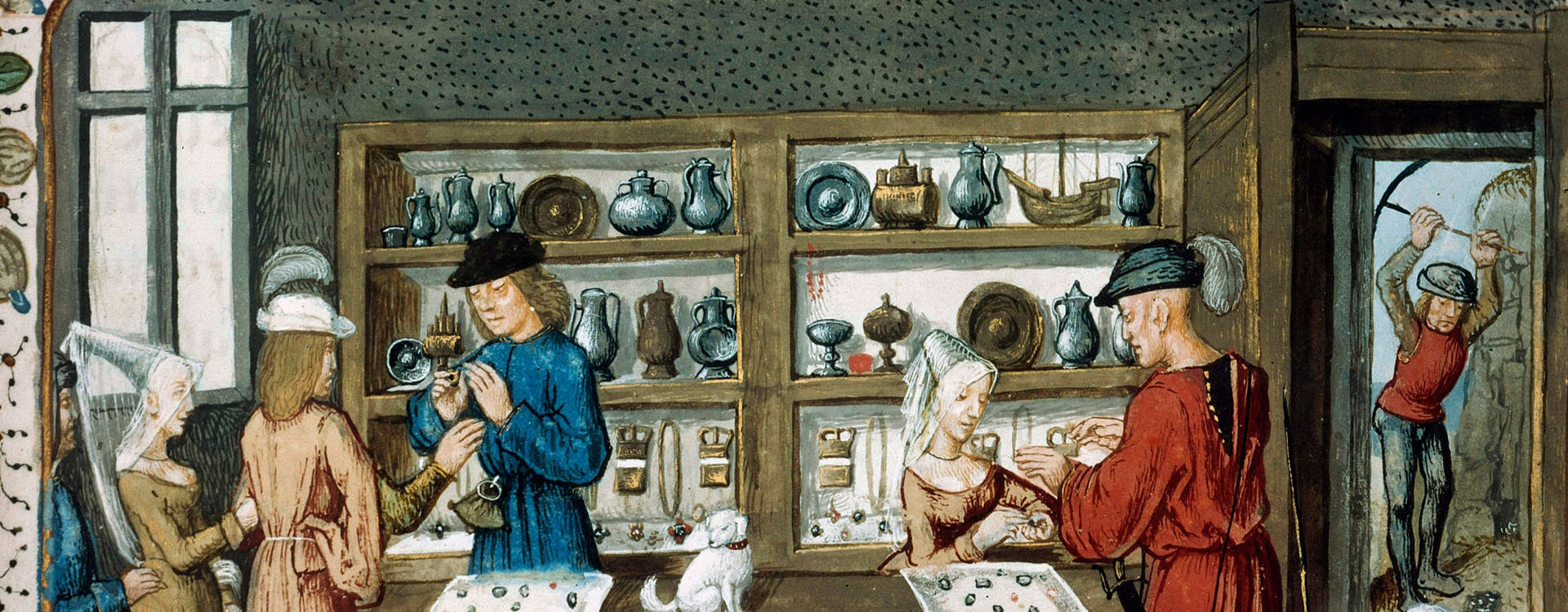
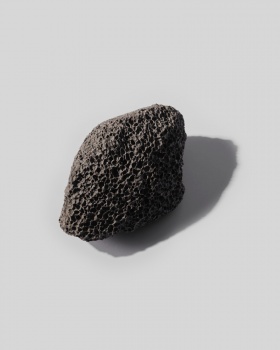
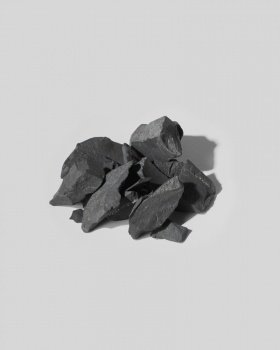

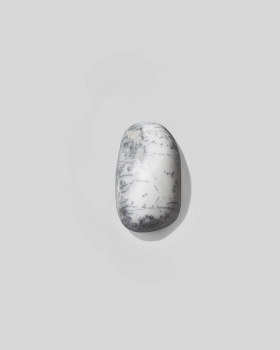
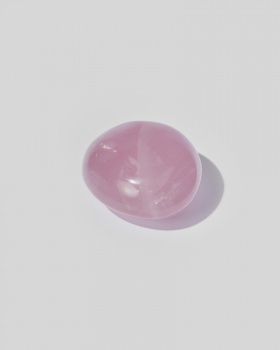


laissez un commentaire
Connectez-vous pour poster des commentaires